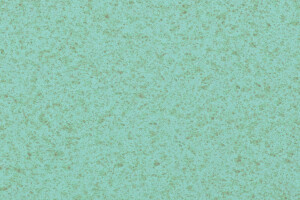“The blue copper effectively gave the closest visual match to a natural patinated copper in our opinion – without the 25-year wait for the weather to do the job for us.”
Richard Murphy Architects have created a new campus for Anglia Ruskin University, announced by a dramatic curved façade clad in tiered layers of blue-coloured pre-patinated copper.
The three buildings comprising the new campus (built by principal Design and Build contractors R G Carter Cambridge Ltd.) share the same external facing brickwork, structured by dark metal detailing.
In contrast, vertical standing-seam cladding in pre-patinated copper accentuates the curved facades of the lecture theatre. Richard Murphy Architects’ Director James Mason commented: “Copper cladding is an extremely durable material that supports the longevity inherent in the brickwork façades. It also brings a sense of dignity which the University wish to engender in their buildings to reflect their own values as a high-quality Higher Education establishment.
“The copper cladding effectively gave the closest visual match to a natural patinated copper in our opinion – without the 25-year wait for the weather to do the job for us.” In marine climates, the natural copper patina contains some copper chloride giving it a blue-green colour and this is emulated with the copper using 100 % brochantite.
The design is conceived as a series of pavilions in a parkland setting. The two new stands combine concrete structures and tiered-seating, curtain-wall glazing and diagrid PTFE roofs. A copper mesh veil provides shelter and solar shading to facades, and is pierced by a series of solid copper clad volumes, orientated to optimise specific local views.
The distinctive form of the William Magarey Room is encased in a double-curved geometry façade of copper panels, inclined in a sectional plane, announcing the main entry point to the south stand below. Each segment exposed to different climatic conditions will generate subtle variations in weathered surface tones over time. The copper skin flows underneath to form a reflective soffit, then into the interior to define the solid mass while blurring inside and outside boundaries.



























